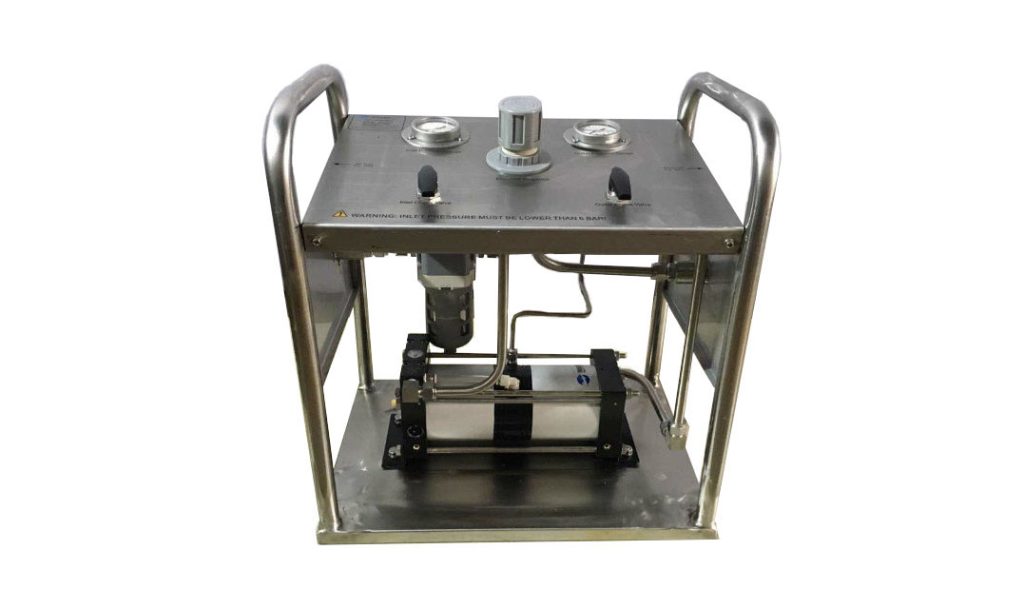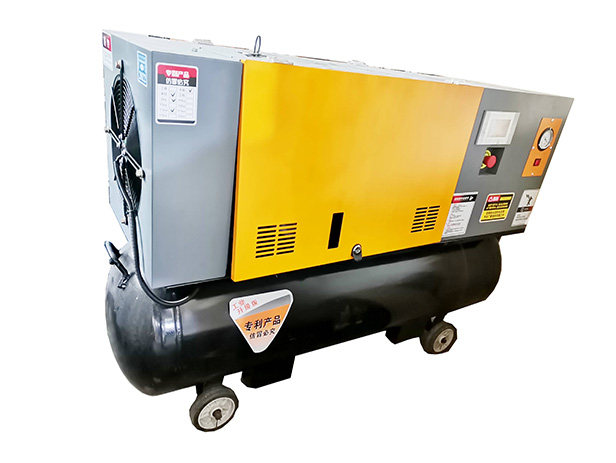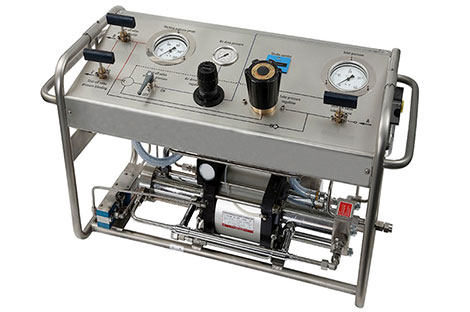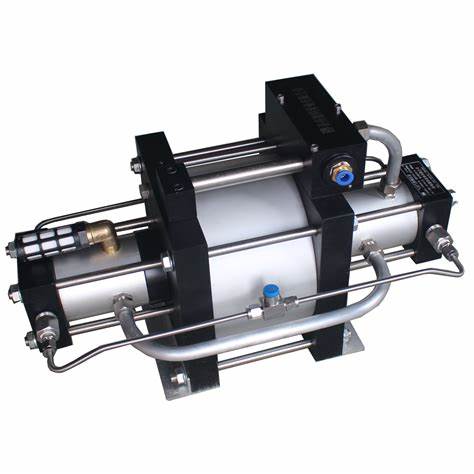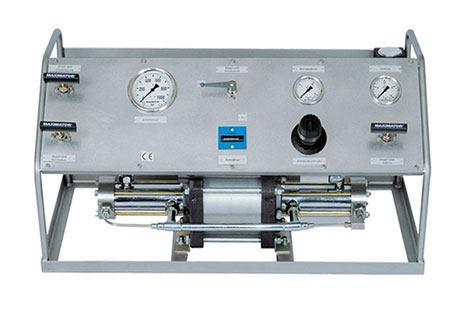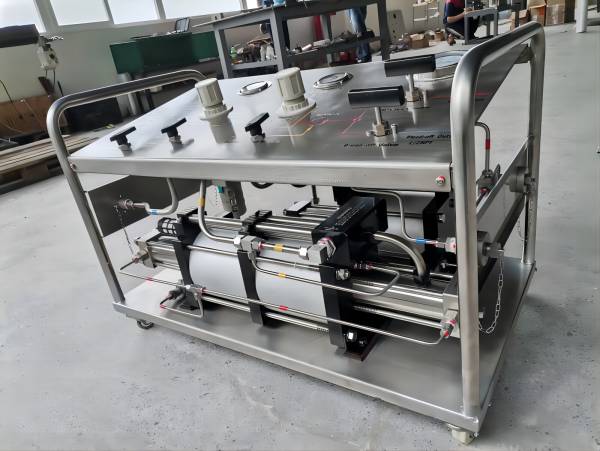How to use & choose a gas booster for high pressure
How to choose a gas booster? There are some important details to keep in mind before the selection and use of your gas booster, which is discussed below.
Factors to affect gas booster operations
It is important to take into account certain factors that affect pressure multiplying operations, such as the use of flammable gases, working pressures and temperatures, purity, and efficiency, before performing component testing or maintenance operations or engaging in other activities that require the use of gas at high pressure.
In order to always be effective and safe, testing or maintenance procedures on valves, fittings, cylinders, and pipes that use gas at high pressure require technical measures; these should never be underestimated, both in terms of choosing the most appropriate technology and in terms of using it in the field. Seal inspections, accumulator charging, gas transfer, airbag loading and testing, tire inflation, and gas cylinder refills are additional procedures.
The best tool for all of these uses is a gas booster, a pressure multiplier that uses the idea of differential areas to turn compressed air into high pressure (up to 2069 bar) without the use of an electrical connection or lubrication.
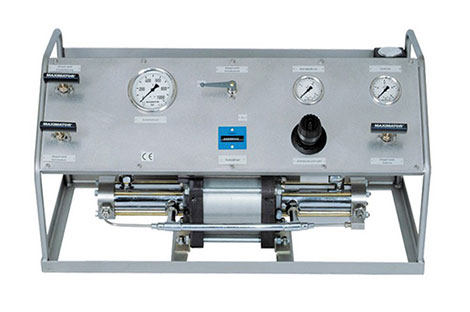
Why do you need to clean and degrease
Components that come into touch with process gases must be thoroughly cleaned and degreased for operations where gas boosters use potentially explosive gases. All vents and component vents must also be routed and vented to a secure location.
To reduce the risk of combustion while using any non-inert gas, clean, degrease, and adhere to the maximum pressure restriction.
How to prevent excessive gas temperature rise
A gas booster that has standard seals made of Viton, a material that can endure temperatures up to about 190° C, must be used when gas is pressurized. The high-pressure segment (intercooler), which can recycle and utilize compressed air used by the pneumatic motor to cool the gas, has an exterior cooling sheath that lengthens seals.
For all applications, it is better to utilize a gas booster with a low compression ratio to prevent the gas temperature from rising excessively. To prevent the risk of gas overheating, it is advised to utilize a series of numerous boosters with varying ratios, or two-stage versions, for applications with a high compression ratio.
How to ensure a safe operating environment
Gas can be compressed at far higher pressures than liquids. As a result, the systems that employ it, like gas boosters, contain a tremendous amount of energy that is capable of increasing swiftly. This energy must be maintained under control to prevent major harm from being done to people and property. Therefore, a booster or, even better, a pressure relief valve must be installed downstream of the overflow valve for safe operation. It is advised to include a pneumatic pilot valve in the circuit for minimum/maximum pressure for increased control and safety.
To prevent dangerous leaks above a certain pressure, it is preferable to use connections for medium pressure or high pressure, both coned and threaded. Additionally, to minimize the risk of use, it’s crucial to select boosters with components that offer sufficient safety margins for pressure management. Finally, keep in mind that you should never use a gas booster inside without enough mechanical ventilation.
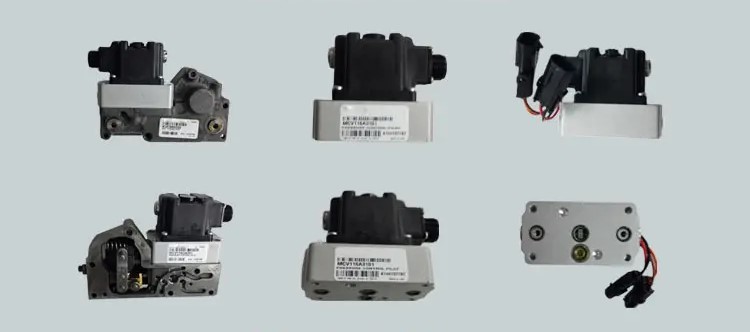
Why have to ensure gas purity
In order not to compromise the correct execution of use and operator safety, gases used must be as clean, dry, and uncontaminated as possible. Since the gas booster’s high-pressure part is not lubricated, it is free of harmful hydrocarbons. The device and its surroundings can be completely aseptic thanks to this unique feature.
It is better to choose dynamic seals made of inert material (PTFE). In order to prevent process gas from being contaminated by air from operations, the gas booster provides a separation between the air motor and high-pressure portion through three gaskets, strengthened with two vent apertures (conveyable). In the high-pressure portion, one-way valves that come into contact with the process gas are also made of inert materials, such as stainless steel, bronze, PTFE, and Viton, and are thus devoid of hydrocarbons.
Gas booster or traditional mechanical compressor?
High stress most gas-powered mechanical compressors rarely achieve pressures more than 400 bar. Gas boosters can function at pressures between 4 bar and 2000 bar.
Purity application cleanliness is crucial for gas compressors. Using an auxiliary high-pressure purifying unit, which has higher purchase and maintenance expenses, is necessary to do this with conventional mechanical compressors. Gas boosters function without the use of electricity or lubricant, are more hygienic and have lower running expenses.
Efficiency high pressure cannot be used to power a mechanical compressor. While working at a lesser efficiency, it must retain its reduced values (which are close to those of atmospheric pressure).On the other hand, by using a simpler circuit, gas boosters can also be powered at extremely high pressures, providing a much higher yield.

